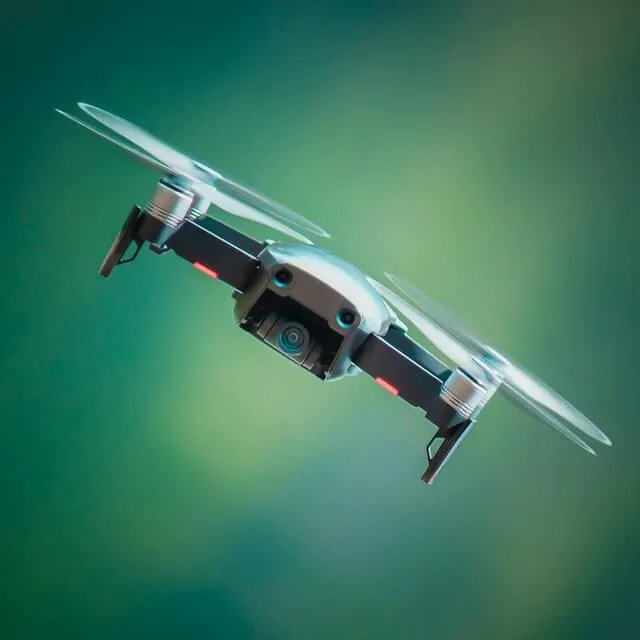While controlled airspace has become more accessible in recent years, certain operations still do not fall under Part 107 drone regulations and therefore require FAA waivers.

Regulations for which drone pilots can request waivers include:

The process of getting approved for certain waivers can take up to 90 days, depending on the nature and complexity of your operation. Looking to start this process? DroneUp’s waiver creation and training experts can help.
Obtaining a waiver can be complicated; however, the FAA has increased the number of qualified pilots approved - and today, drone pilots and organizations can start the process online through the FAA’s Drone Zone website. There are some things to remember and important action steps that will help expedite the process and make sure that you are prepared for the application process.
Providing The Right Information
When applying for a waiver, you will be asked to provide a thorough description of your operations. This includes the rationale behind adopting certain specifications, operating procedures, training, and more for ensuring flight safety when flying your UAS with that waiver.
From there, it is essential that you can describe the potential operational risks, and the mitigating technology and procedures that will be used to address each potential hazard. By properly identifying the risk, you can take the necessary steps to provide preemptive and proactive measures.
This is precisely where insurance becomes a pivotal commodity.
For example, the FAA wants to know, what kinds of circumstances could arise during your operation, and how do you plan to handle this?
If you want a 107.39 Operation Over People waiver for flying over a construction site, some potential risks include:
- The UAS crashing and landing onto a piece of heavy machinery
- The drone crash scaring workers on-site, resulting in a serious accident
Such an incident could result in critical bodily injury and property damage. While important, simply stating that you will operate safely and take needed measures to avoid a crash at all costs is not enough. A dangerous liability risk such as this must be met with insurance.
So, to answer the question, how do you plan to handle this? You can prove that a claim will be submitted to your insurance, ensuring that those injured would be taken care of by your third party liability coverage.
Successful waiver applications can be hundreds of pages of technical documentation describing all of the components of safe operations - within these pages, you should include your certificate of insurance as it serves as your proof of coverage.
DroneUp has mastered the waiver process and can produce application documentation customized to meet the needs of your operations. They work with the FAA on your behalf to facilitate approval and help you implement your waiver safely and legally.
Is Drone Insurance Enough?
Your insurance policy helps prove to the FAA that you fully understand the operation at hand and the risks associated - and are prepared and equipped to handle them, should they occur. However, it is important to note that insurance alone will not guarantee your approval.
For example: in some instances, you may request a waiver for a potential job or client in which insurance is already required. In this case, your insurance is already an added benefit for the operation, so the policy’s purpose is not solely for obtaining the waiver.
Beyond the approval process, your insurance plays an important role. If you were to experience an accident while operating with a waiver, you can continue to take care of your drone business while your insurance company handles the claim. Filing a claim is similar to applying for a waiver in that you should provide as much detail as possible. Submitting proof of your FAA waiver as part of the claim submission is sure to help expedite the process; whereas, purposefully not adhering to FAA regulations, without an approved waiver could make the claims handling submission lengthier and more difficult.
How does equipment play a role in the FAA waiver request approval and insurance compliance?
Certain waivers require specialized equipment for regulation compliance. Perhaps one of the most popular waivers requested among drone pilots is for operations over people. For the 107.39 Operation Over People waiver, you need a drone with an American Society for Testing and Materials (ASTM) compliant airframe parachute, a Flight Operations Manual, a safety management system, and specialized training. When submitting your waiver application, providing information about your parachute demonstrates another measure to mitigate risk.
Operating with your waiver
Once you have received your approved waiver and are legally allowed to fly outside of Part 107 regulations, it is your responsibility to be fully prepared to operate in the given conditions. Before you commit to conducting a commercial operation with your waiver, you must have the right training for compliance. For example, flying over people requires specialized flight tactics and training. This includes everything from flight logging to the use of an airframe parachute. Even with a waiver in hand, safety and professional efforts must remain a priority.

The increasing number of approved FAA waivers is a sign of great progress for the drone industry as they allow drone pilots to expand their skills in a safe and legal matter. As the industry continues to reach new heights, we look forward to seeing more drones being used for innovative and trailblazing projects. With the right insurance and waiver approval, your organization can take to the skies with the knowledge and preparation needed to mitigate risk during drone operations.











